Ancient news stories
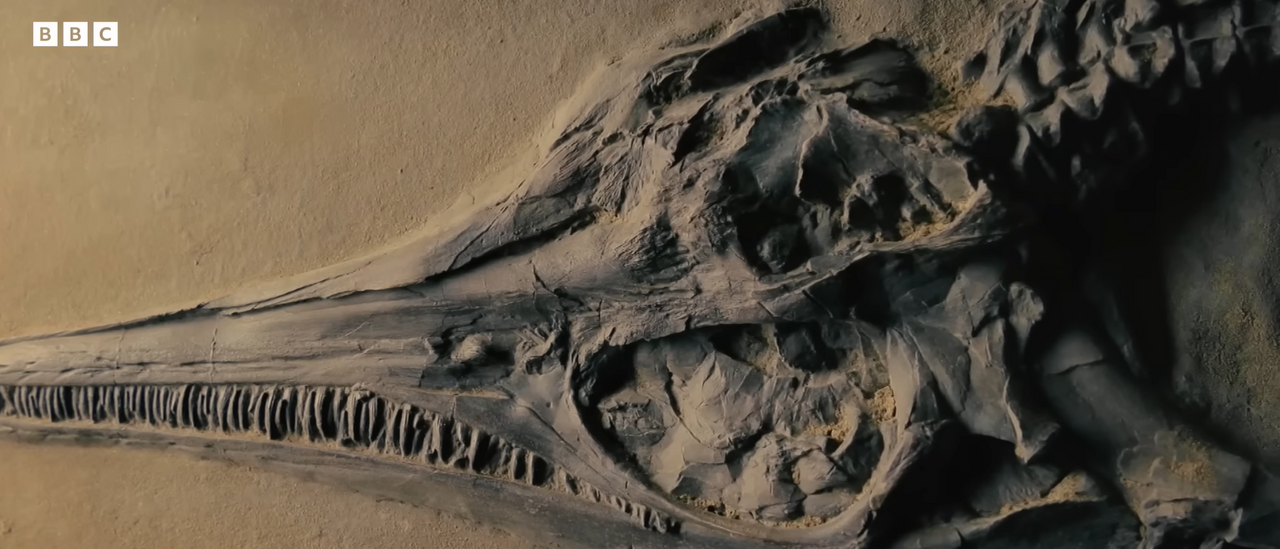
The BBC came under fire in early January for appearing to try and manipulate data surrounding the discovery of a fossil discussed in a David Attenborough documentary.

Archaeologists say that the hill is a dormant volcano and that ceramics recovered there so far suggest that humans have been using the site for several hundred years or more. But some Indonesians, including an earthquake geologist and a president who left office in 2014, have suggested that the site may have been built far earlier by an as-yet-undiscovered ancient civilization.
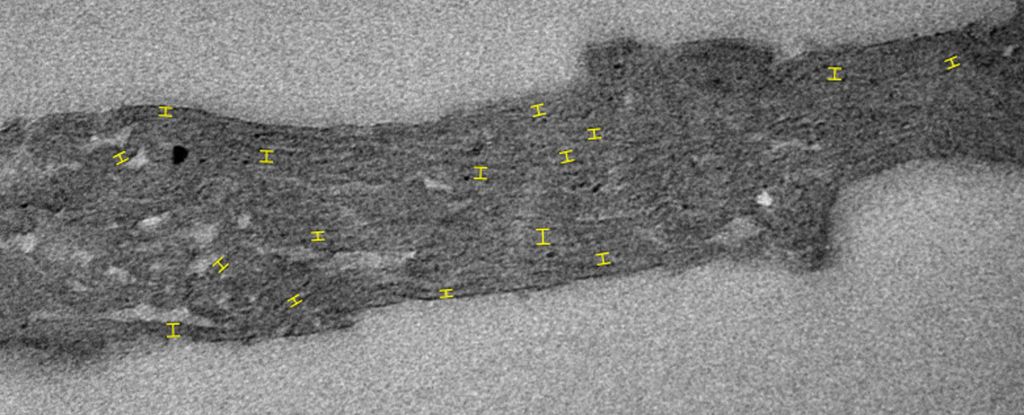
Tiny fossils that have spent nearly 2 billion years locked up in chunks of ancient rock are giving us the earliest evidence yet for photosynthesis on Earth. The research has been published in Nature.

No one can know exactly, but archaeologists have found a few unexpected clues.No one can know exactly, but archaeologists have found a few unexpected clues.
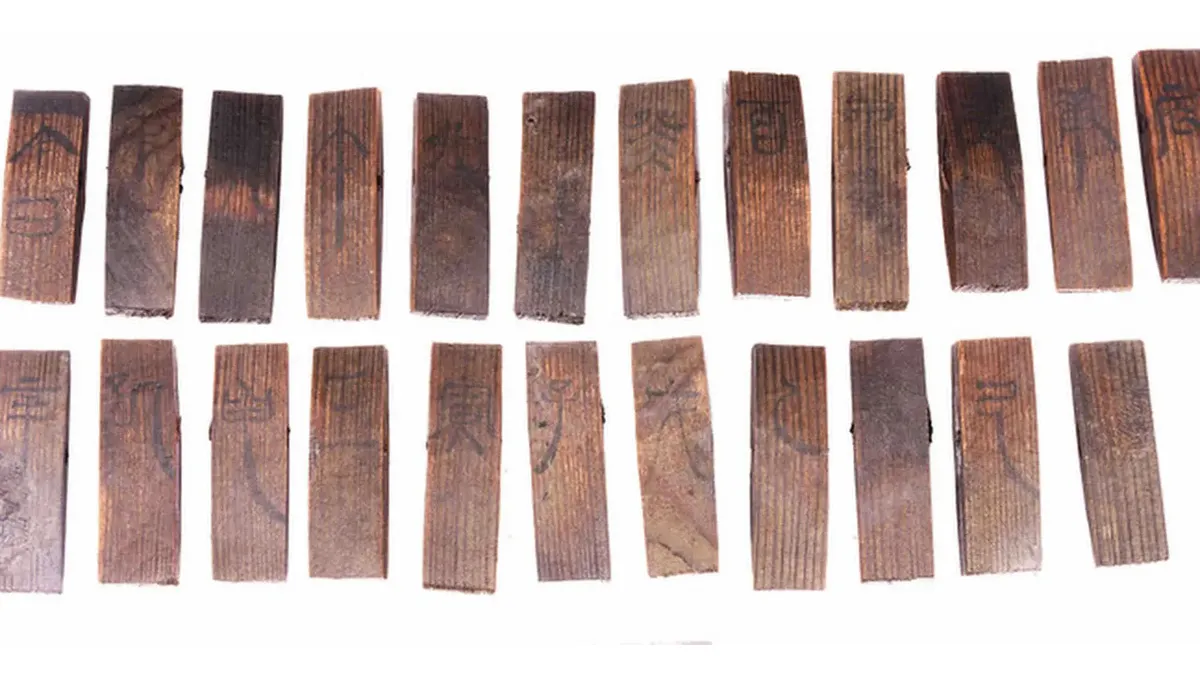
Archaeologists in China have unearthed a mysterious set of rectangular wooden pieces linked to an ancient astronomical calendar. The artifacts were discovered inside an exceptionally well-preserved 2,000-year-old tomb in the southwest of the country.

Men and women might have had their fingers deliberately chopped off during religious rituals in prehistoric times, according to a new interpretation of palaeolithic cave art.
The sea off the north-west of Australia used to host islands and even a huge landmass, big enough to support half a million people, according to new archaeological research. A study published in Quaternary Science Review has mapped a world that appeared and disappeared with changing sea levels over the past 70,000 years.

Banisteriopsis caapi isn’t psychedelic, but for many, it’s a vital plant medicine with plenty to teach…This vine is best known as an ingredient in the psychedelic ceremonial drink ayahuasca, but the plant has many names and meanings throughout the Amazon. It’s Yagé in Colombia; Ayahuasca in Peru. Oxe takes the caapi plant by itself for its “antidepressant” effects.
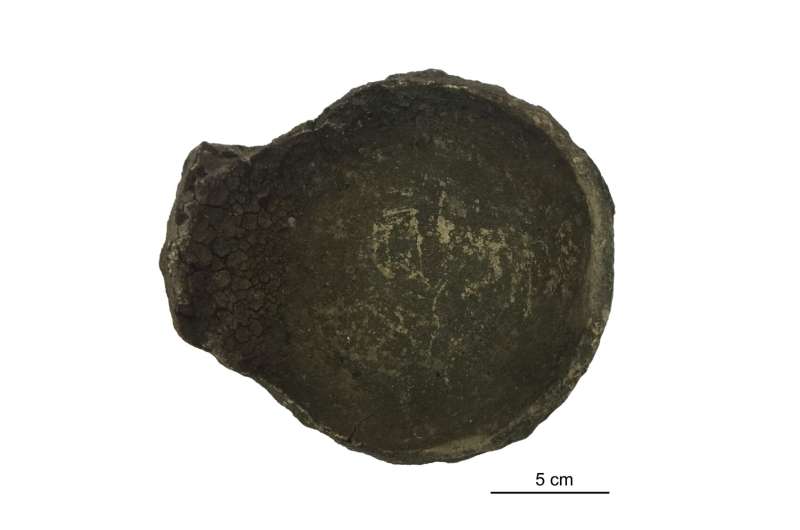
In the study published in the Journal of Archaeological Science, the researchers examined 57 pot sherds with foodcrusts mainly attributed to the Songze cultural period (ca. 5800–5300 BP).
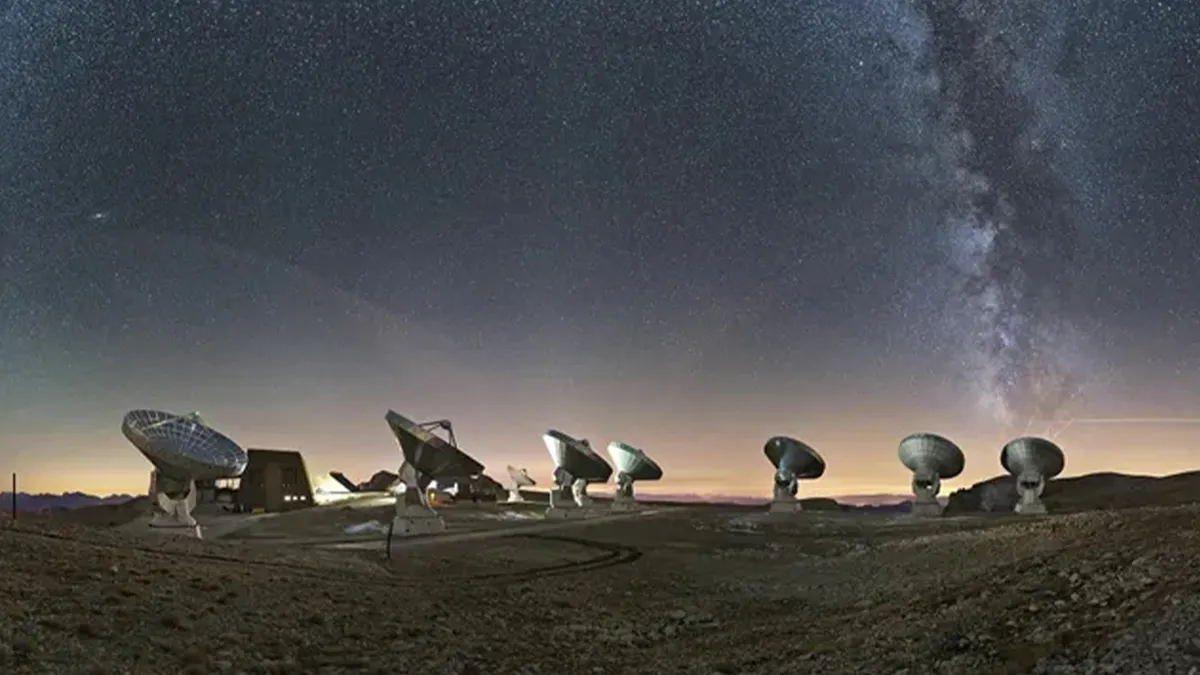
Scientists find ultra-rare collection of molecules in 2 ancient galaxies from the early universe. The findings were published on December 14th in the journal Astronomy and Astrophysics.
A baleen whale fossil found on the banks of the Murray River in South Australia is challenging previous ideas about when baleen whales first evolved to be big. The research is published in the Proceedings of the Royal Society B.

The application of modern methods of dating fossil human remains has catalysed major revisions in our understanding of human evolution. A new review… shows how the reanalysis of fossils discovered across the world brings into question our current ideas of human evolution, some of which may be incorrect.
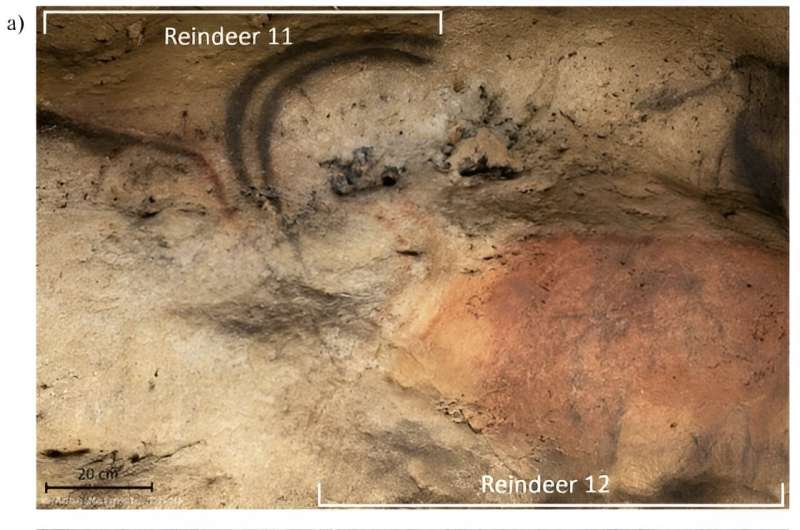
Now, a research team from the Center de Recherche et de Restauration des Musées de France has reported the first discovery of black carbon-based art in Dordogne’s Font-de-Gaume cave…The team’s findings…are published in Scientific Reports.
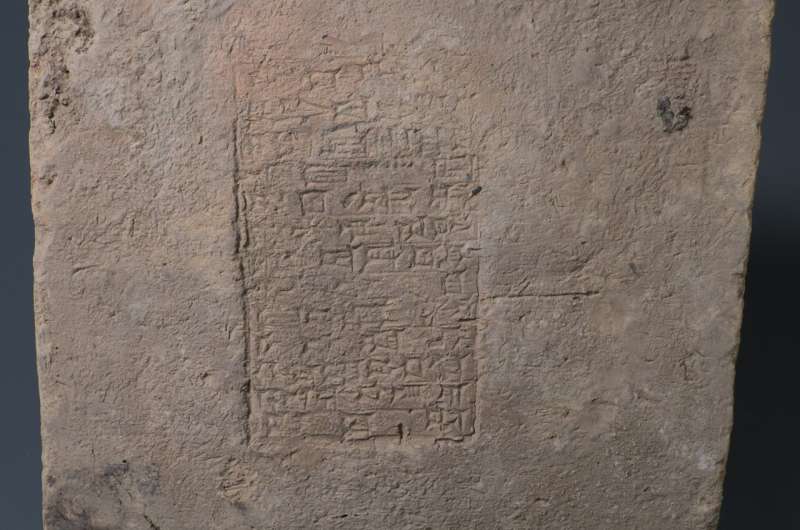
Ancient bricks inscribed with the names of Mesopotamian kings have yielded important insights into a mysterious anomaly in Earth’s magnetic field 3,000 years ago, according to a new study involving University College London researchers.

In research presented on Friday, 15 December at the American Geophysical Union Annual Meeting (AGU23) in San Franciso, paleoclimate reconstructions of the Pacific Northwest hint that sea ice may have been one way for people to move farther south.
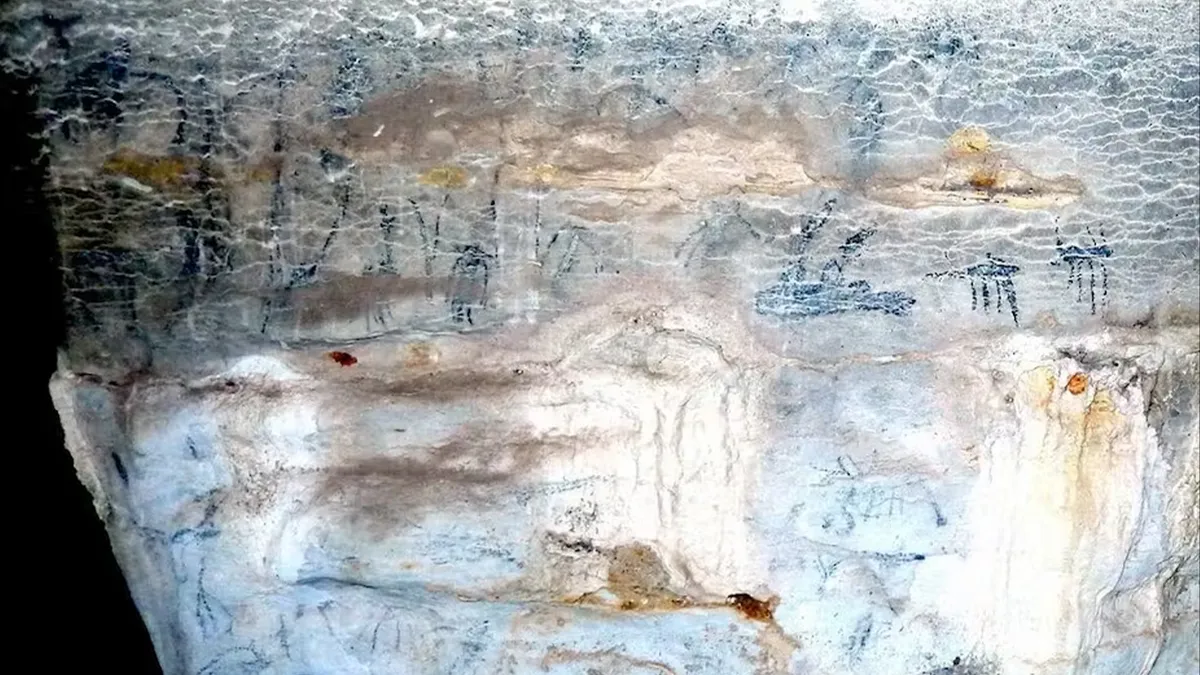
The art is the first ancient pictorial art, which depicts images of nature with human-like and animal-like figures, to be found in Madagascar.








